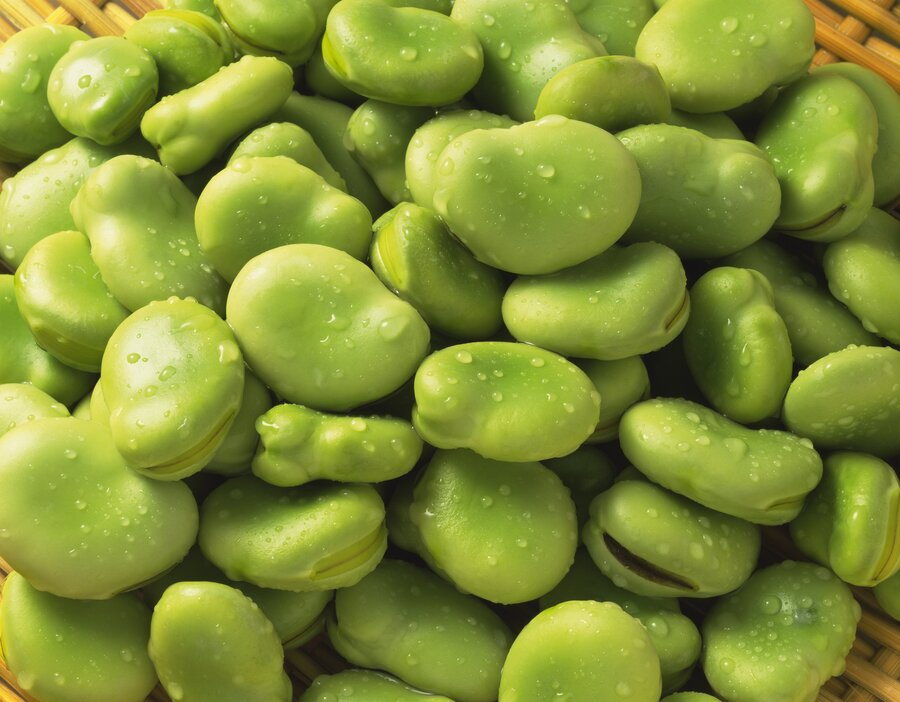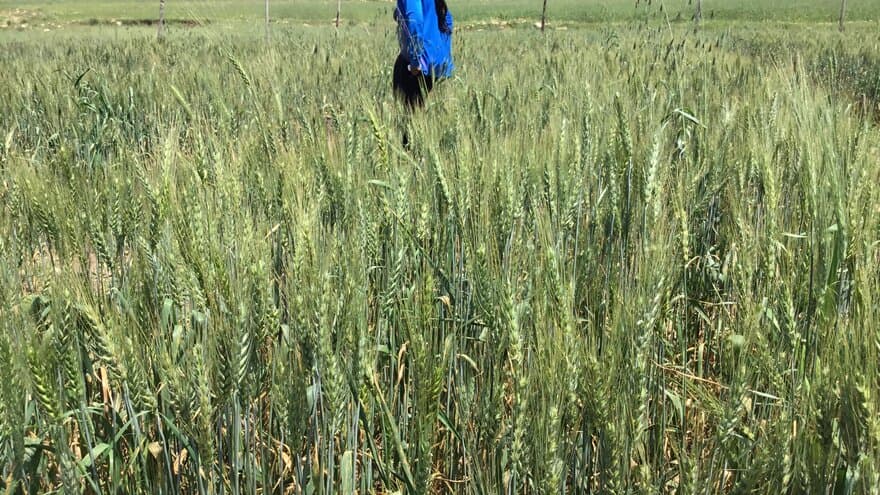In her PhD, Merkeb Woldu Bezabeh has investigated how wheat and faba bean yield, crop nutrient content, economic return and soil quality indicators can be improved in Ethiopian agriculture where artificial fertilizers are scarce.
An increasing human population poses extraordinary challenges to agricultural production. Feeding an estimated 10 billion people by 2050 requires more food with good nutritious value.
“If this estimate holds true, we need to double the global agricultural output,” PhD candidate Merkeb Woldu Bezabeh says.
“And to add to this challenge, we need to do this without deteriorating soil quality and keep costs down.”

Little use of mineral fertilizer
In her research, Merkeb has evaluated the effects of different compost types, biofertilizers and rotation on wheat and faba bean yield, crop nutrient content, economic return and soil quality indicators. She has conducted two years of field experiments, a supporting mineralization study, in addition to a greenhouse.
All activities were conducted in Ethiopia, a sub-Saharan country in a region with extensive soil degradation. Ethiopian soils have low soil organic matter and nutrient content. They also receive erratic rainfall. Poor farmers apply little or no mineral fertilizer due to high costs.

Compost treatment increases yield
In her field experiments, Merkeb has evaluated the effect of traditional compost, vermicompost, and material composted with additional effective microorganisms on faba bean and wheatyield and related properties.
“All three compost types resulted in a higher grain and biomass yield,” she says.
“There was also higher nutrient uptake into grain compared to mineral fertilizer.”
This was reflected in a higher number of nodules and higher residual soil nitrogen in the compost treatments.
Many improvements
Merkeb found that adding compost with effective microorganisms and vermicompost improved a wide array of soil indicators - physical, chemical, and biological.
“For example, it increased nitrogen and phosphorus values, microbial biomass, labile carbon and soil respiration, to name a few,” she continues.
Macroaggregates, microaggregates, bulk density and pH values also improved compared to traditional compost.
“Soil quality indicators were also improved by rotation with the faba bean compared to continuous wheat.”

Increases economic revenue
Added compost treatments and microorganisms had great effects on crop yields. Merkeb’s economic analysis showed that compost that contained effective microorganisms at high nitrogen levels, and combination treatments were the most profitable in the faba bean crop.
In wheat crop, compost with effective microorganisms or vermicompost combined with mineral fertilizer and at high nitrogen levels were the most profitable among the treatments.
Bacteria improve nutrient availability
Merkeb has also examined what happens when combining fertilizers with bacteria that increases plant availability of phosphorous and nitrogen.
“Introducing these bacteria in combination with compost or mineral fertilizer improved wheat and faba bean grain yield and nutrient uptake,” she says.
Merkeb’s work shows that Ethiopian crop yields, nutrient content and soil quality indicators can be improved at a relatively low cost.
“There are ways to increase Ethiopia’s agricultural produce without massive costs, and at the same time conserve soil qualities,” she concludes.
Merkeb Woldu Bezabeh will defend her PhD thesis, “Strategies for increasing sustainability of wheat (Triticum aestivum L.) and faba bean (Vicia faba L.) production – Effect of composts, rotation and biofertilizers”, Wednesday 26 April 2023. Trial lecture and defense are open to all.
